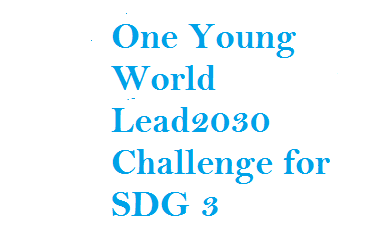- Six Reasons To Bring Millets To The Market!
- Hong Kong Court Makes Landmark Ruling Protecting Transgender Rights
- Substrate Promiscuity Of Fungi Generated Enzyme Laccase Shows Potential In Degrading Industrial Dye Effluents
- Union Minister Of Rural Development Holds A Meeting On ‘Cactus Plantation And Its Economic Usage’
- Ministry Of Tribal Affairs Organised One Day Mega Health Camp ‘Abua Bugin Hodmo-Our Better Health’ At Saraikela Kharsawan, Jharkhand
- Blue Flag Standards For Beaches In The Country
- India-Namibia Sign An MoU On Wildlife Conservation And Sustainable Biodiversity Utilization
- Hydrophobic Ingredients, In Combination With Obsolete Antibiotics, Can Counter Multidrug-Resistant Bacteria
- Promoting Cultivation Of Kala Namak Paddy
Hydrophobic ingredients, in combination with obsolete antibiotics, can counter multidrug-resistant bacteria
Posted by: 2022-07-21 08:42:30 ,By Admin

This strategy can combat the most critical group of bacteria enabling the existing antibiotic arsenal to be used again for complicated infections. It can help counter the rising menace of anti-microbial resistance.
The World Health Organization has demarcated Acinetobacter baumannii, Pseudomonas aeruginosa, and Enterobacteriaceae, all of which are resistant to carbapenems as the topmost priority critical pathogens. There are a few treatment options for these bacteria triggering use of combinations of various antibiotics to treat such complicated infections. It was thus pertinent to develop novel non-conventional therapeutic strategies to deal with these pathogens.
Scientists at JNCASR, an autonomous institute of the Department of Science and Technology, have come up with the approach of revitalising the efficacy of existing antibiotics by using them in combination with antibiotic adjuvants -- ingredients that can help counter resistance to existing antibiotics. This novel idea can help strengthen the activity of obsolete antibiotics and bring them back into use for treating complicated infections.
Ms. Geetika Dhanda and Prof. Jayanta Haldar incorporated cyclic hydrophobic moieties (portion of a molecule) in a triamine-containing compound the adjuvants thus developed weakly perturbed the membrane of bacteria. This resulted in countering of membrane-associated resistance elements like permeability barrier and expulsion of antibiotics by efflux pumps. When these adjuvants are used in combination with antibiotics that had been rendered ineffective due to such membrane-associated resistance elements, the antibiotics are potentiated, and the combination was effective in killing bacteria.
The combination of the adjuvant with antibiotics like fusidic acid, minocycline, and rifampicin inactivates multidrug-resistant Gram-negative bacteria. These include Acinetobacter baumannii, Pseudomonas aeruginosa, and Enterobacteriaceae. The study published in the journal ACS Infect. Diseases, highlight the chemical intuition and extent of membrane-perturbation required for the design of non-active and non-toxic adjuvants. The choice of non-active adjuvant would also put less pressure on the bacteria to develop resistance to it. Moreover, weak membrane perturbation would result in less toxicity.
This work requires proper validation in in-vivo model systems, followed by preclinical studies, which will further add value to the work.
Link to publication: 10.1021/acsinfecdis.2c00092
For more details, please contact Geetika Dhanda, Jayanta Haldar; Email ID: jayanta@jncasr.ac.in, geetika@jncasr.ac.in
Read more: Click Here
You may like similar news

NASA's scary visualisation shows how greenhouse gases are altering oceans. Watch
"With 70% of the planet covered by water, the seas are important drivers of Earth’s global cli...
.jpg)
Google techie says getting rejected for promotion was ‘blessing in disguise': 'I knew I needed to show…'
Google techie said that soon she moved to Google Fiber where she was rejected for a promotion.A Goog...
.jpg)
Meta says Israeli firm posted 'deceptive' AI-generated content on Gaza war: 'Posed as Jews, African Americans...'
Meta identifies an Israeli political marketing firm likely using AI to spread misinformation on Inst...
.jpg)
Brutal heatwave grips Delhi, Rajasthan, other states; IMD issues ‘red’ alert | 10 hottest Indian cities
The IMD has issued a ‘red’ alert of severe heatwave conditions for Delhi, Rajasthan, Har...
.jpg)
Dombivli blasts: Boiler was unregistered, used highly reactive peroxides | 10 updates
Dombivli boiler blasts: The explosions shattered glass panes and damaged rooftops within a 4-km radi...









